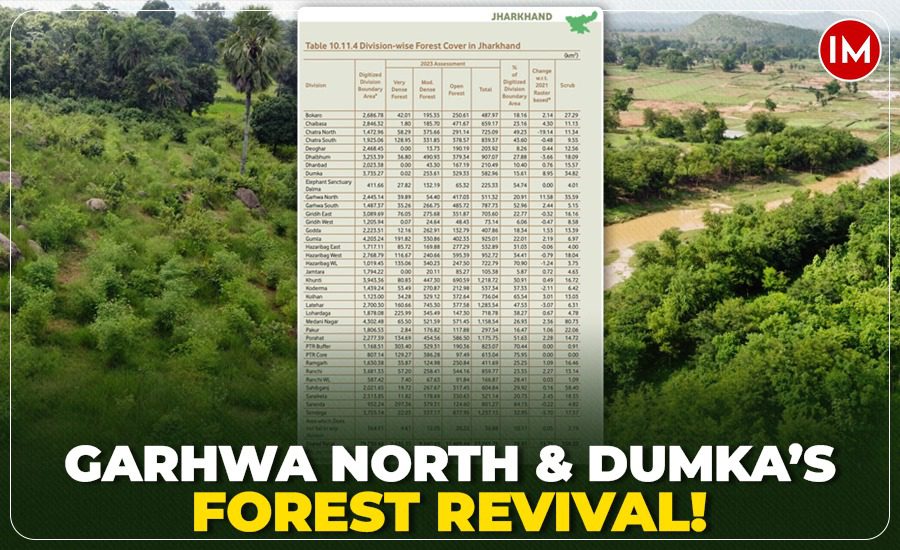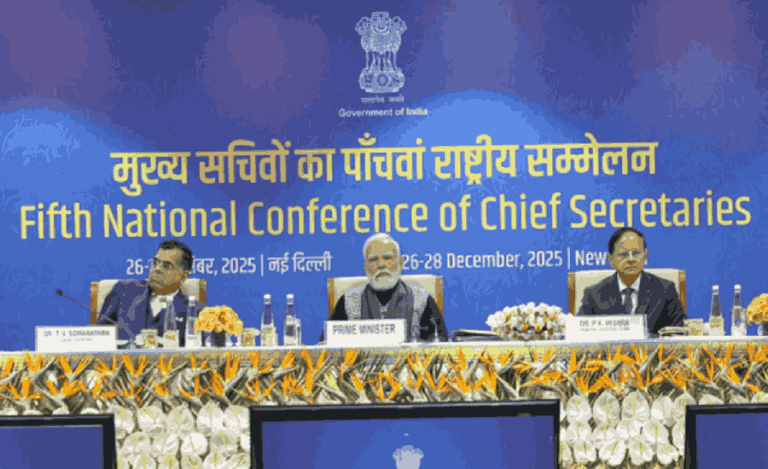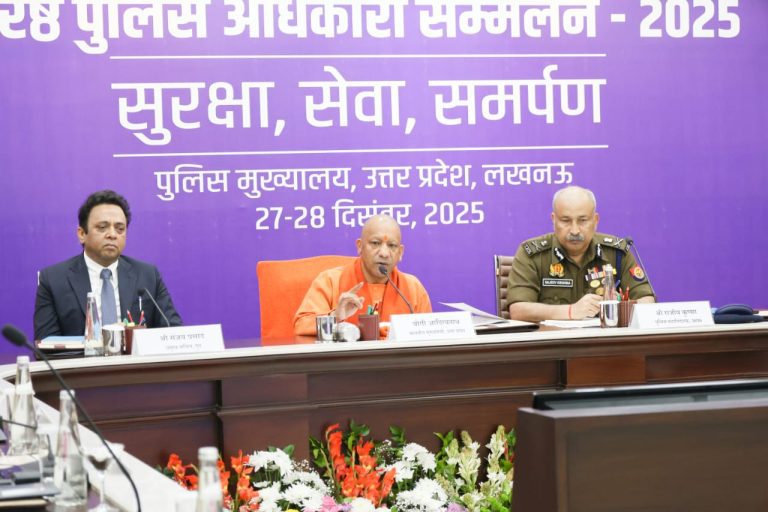The 2023 India State of Forest Report (ISFR), released on December 21, 2024, by the Ministry of Environment, Forest, and Climate Change, provides a detailed account of the country’s forest health, covering aspects like forest cover, tree cover, mangrove cover, growing stock, and carbon stock. It also sheds light on instances of forest fires, agroforestry, and other key metrics to assess the state of India’s forests. The report reveals that India’s total forest and tree cover stands at 8,27,357 square kilometers or 25.17% of the country’s geographical area. This includes 7,15,343 square kilometers of forest cover and 1,12,014 square kilometers of tree cover, marking an increase of 1,445 square kilometers compared to the 2021 assessment.
In Jharkhand, the 2023 ISFR results were particularly impressive. Garhwa North, a region previously with lower forest cover, topped the list for the highest increase in forest cover, while Dumka secured the second spot. Both regions have made notable strides in forest conservation, despite facing significant challenges such as extreme climate conditions, staffing shortages, and human-wildlife conflicts.
Overall, Jharkhand recorded an increase of 13.71 square kilometers in forest cover in the 2023 report. Among this, Garhwa Forest Division contributed a significant 11.58 square kilometers, accounting for 85% of the state’s total increase. Dumka Forest Division also played a crucial role, contributing 8.95 square kilometers to this growth.
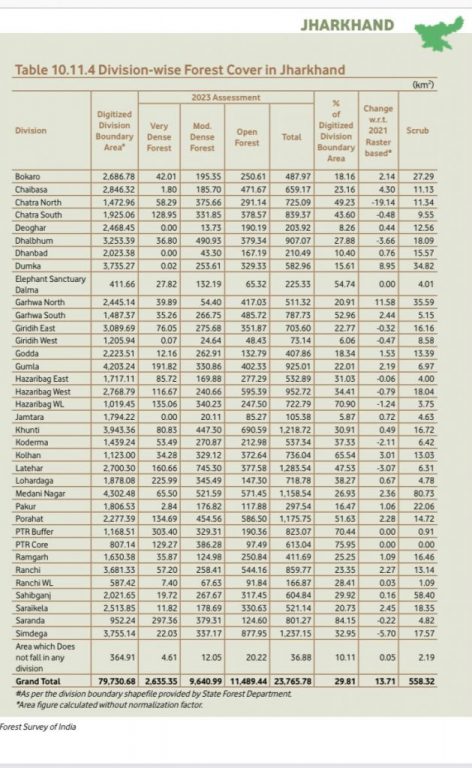
GARHWA NORTH: A MODEL OF COLLABORATIVE FOREST MANAGEMENT
Garhwa North’s remarkable achievement in forest cover expansion can be attributed to several key factors, including robust government support, the implementation of diverse plantation activities, and effective protection measures. IFS Anshuman of the 2020 batch, the Divisional Forest Officer (DFO) of Garhwa North, attributes much of the success to the cooperation between the central and state governments. “The support from both levels of government, especially the funding through campaigns like CAMPA,CAMPA has been instrumental in carrying out large-scale plantation and habitat enrichment activities. The central government’s financial backing combined with the state’s commitment to forest conservation has created a strong foundation for the district’s growth,” Mr. Anshuman shared with Indian Masterminds.
Garhwa North’s strategy has focused not only on increasing forest cover through plantations but also on enriching the habitat by improving water bodies and other ecological aspects of the forest. The region benefitted from the availability of vacant land, which allowed for large-scale plantation efforts. Additionally, the forest department worked on strengthening its staff, particularly by enhancing the technical knowledge of frontline staff, including forest guards, to prevent illegal activities like mining and tree felling.
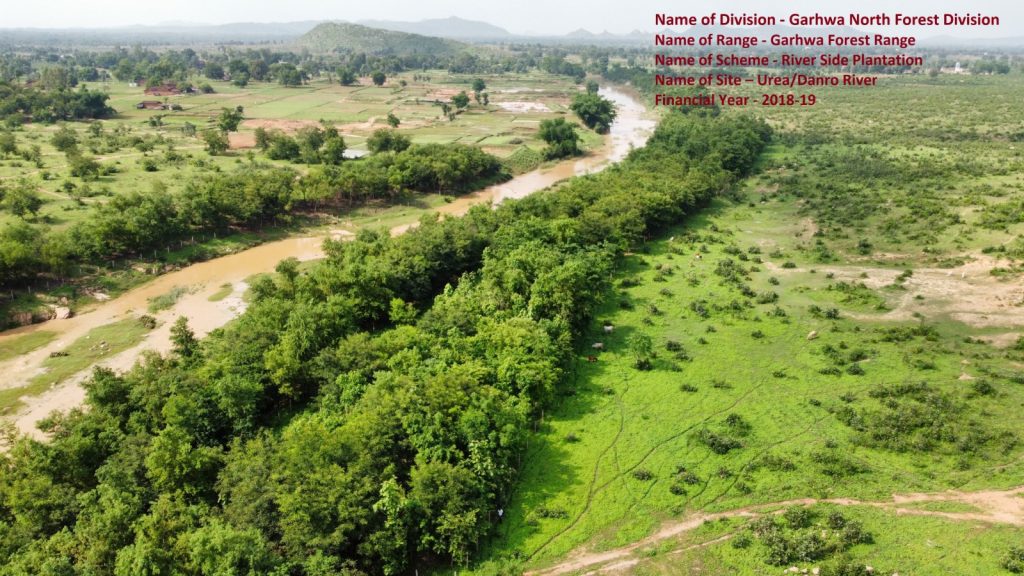
While Garhwa North saw great success, challenges remained. The region faced issues such as extreme temperatures, which can reach 45–46°C, making plantation activities difficult, especially during the hottest months. Moreover, irregular rainfall patterns disrupted the growth of saplings, and the overpopulation of Neelgai (antelope) threatened the survival of young plants. Another significant hurdle was the shortage of forest staff, which increased the workload of existing personnel.
However, Mr. Anshuman highlights the role of local communities in overcoming these challenges. “We actively engaged local communities through various projects, which not only helped with plantation efforts but also ensured that the community felt a sense of ownership in the conservation work. Their involvement has been crucial in mitigating some of the challenges we faced,” he says.
Despite these obstacles, Garhwa North has made great strides in expanding its forest cover and empowering local communities, and projections suggest that the region will continue to see growth in the years to come.
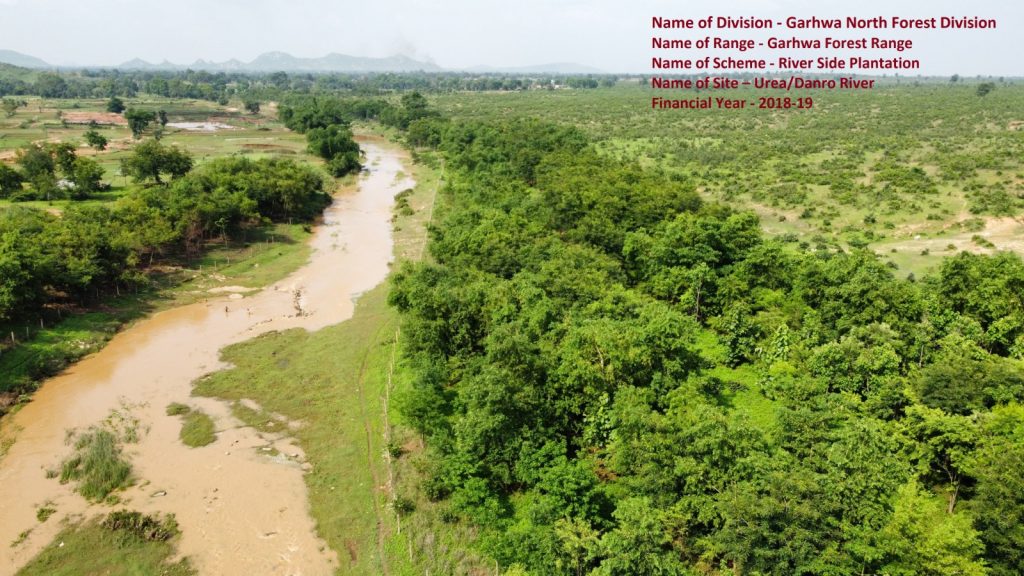
DUMKA: A SUCCESS STORY OF AFFORESTATION AND PROTECTION
Dumka, another district in Jharkhand, also demonstrated significant progress in forest conservation. Ranked second in the state for increased forest cover, Dumka’s success can largely be attributed to a multifaceted approach that combined afforestation, stringent protection measures, and widespread awareness campaigns. 2018 batch IFS Satwik Vyas, the DFO of Dumka, underscores the importance of protecting existing forests, saying, “While afforestation is important, the protection of existing forest cover is just as critical. We focused on curbing illegal activities such as the operation of illegal sawmills and tree felling to ensure that the forests we already have are preserved.”
One of the challenges Mr. Vyas highlighted was the shortage of staff, which affected the department’s ability to fully implement its conservation strategies. However, this gap was addressed through the training of contractual staff and green warriors, equipping them with the necessary knowledge to carry out plantation and protection activities effectively. “Training our staff was essential in ensuring that all involved were well-versed in the laws and regulations governing forest conservation. It made a significant difference in executing our initiatives,” Mr. Vyas told Indian Masterminds.
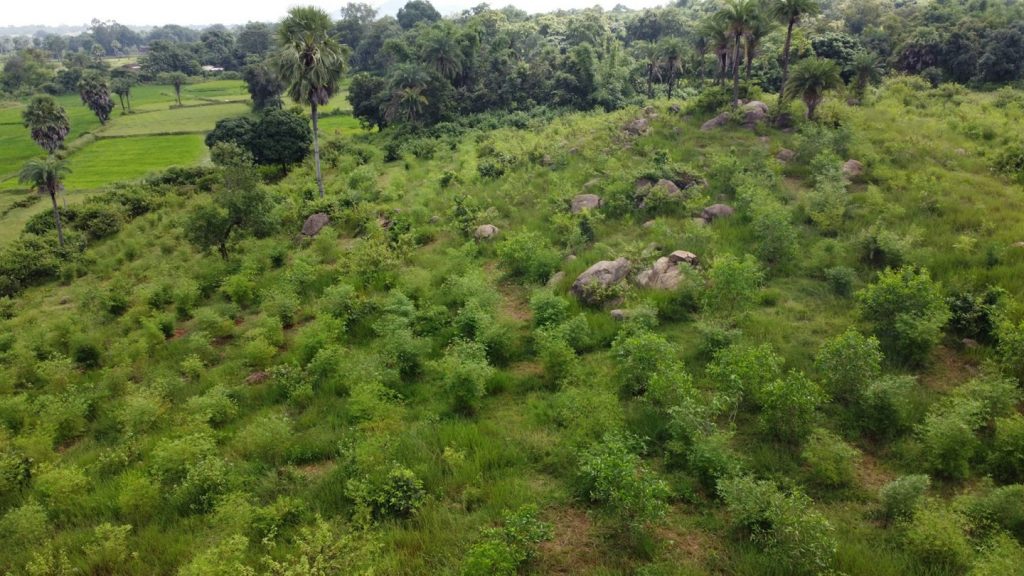
Several key projects played a role in Dumka’s success, including riverside and roadside plantations, Ganga basin plantations, and bamboo gabion plantations. These initiatives not only expanded the forest cover but also helped protect the existing ecosystems. However, Mr. Vyas acknowledges that the true challenge lies in the protection of the saplings after they are planted. “Planting a sapling is relatively easy, but ensuring its survival through every season is the real challenge. Our team in Dumka rose to this challenge and ensured that the saplings were protected throughout the year,” he says.
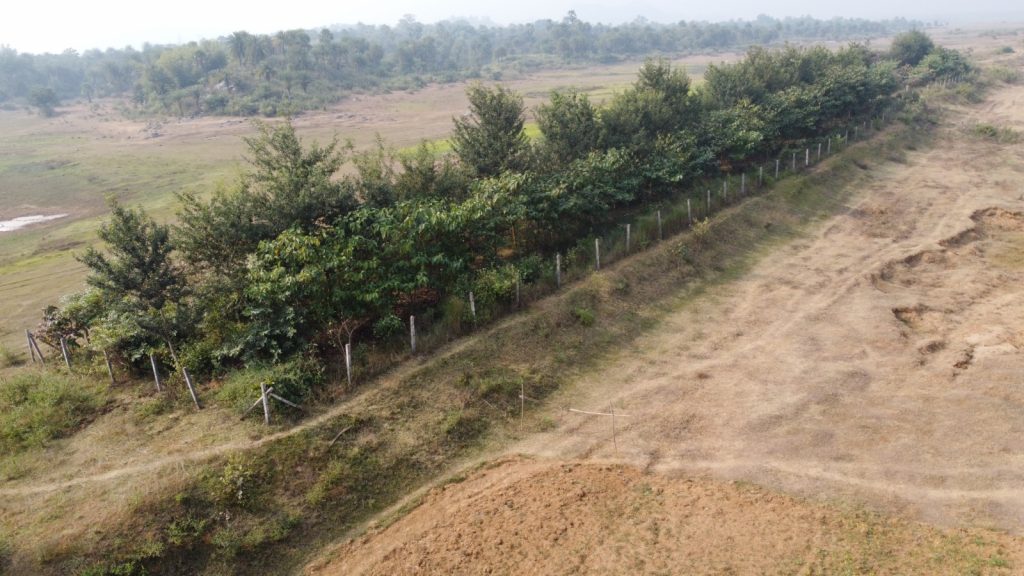
The achievements of Garhwa North and Dumka in forest conservation have set an example for other districts in Jharkhand and across India. Both regions have demonstrated that effective forest management requires a combination of government support, community involvement, and proactive protection measures. While challenges like climate extremes and staff shortages remain, the success of these regions proves that with the right strategies and dedication, forest cover can be expanded and protected.

